Everyone thinks fat loss is about cardio and strength training is about getting strong.
This mistake is exactly why overweight people work out and remain overweight. And this mistake is exactly why skinny people who do lots of cardio never seem to get their bodies to look the way they want.
See, weight loss and fat loss are not the same thing.
What is strength training? And why does it matter?
When we do nothing but cardio—and by “cardio,” we mean jogging, running, HIIT classes, booty “burn” classes, “pump” classes, boot camps, spinning, biking, elliptical riding, and the like—we burn through energy, and our bodies lose weight as a result.
But cardio doesn’t tell our bodies to selectively lose fat. Instead, cardio tells our bodies to eat away whatever energy it can find, and that includes muscle mass.
Losing muscle mass is a bad thing. More muscle means a higher metabolism. Less muscle means a slower metabolism.
So let’s say you lose 20 pounds by running. A good chunk of that weight loss is muscle. While you might now weigh 20 pounds less on a scale, your metabolism has been slowed down. You can’t each as much food, and if you stop or cut back on your running, you will gain weight again. Only this time, the weight will come back as fat—and it will come back a lot faster. If you gain back all of the 20 pounds of weight you originally lost, your body weight might look the same on the scale, but you’re still down a huge chunk of muscle, your metabolism is still slower than it originally was, and you’re actually carrying a higher percentage of fat than you were at the beginning.
No bueno.
Strength training fixes the problem by telling your body to lose body fat, not just weight.
Strength training, combined with a nutrition program that supports fat loss, signals to your body that muscle is important. By breaking down muscle via the strength training methods listed below, you force your body to rebuild that muscle, bigger and stronger than it was.
FYI, a bigger muscle is good for everyone, men and women alike! Afterall, a muscle can only get bigger or smaller—it can’t get “toner.” Being toned is a combination of having a big muscle and not a lot of body fat around it, resulting in the lean and healthy look everyone wants. Since men carry much more bodyweight and a greater percentage of muscle than women, strength training will make them big and jacked. And women, strength training will get you a tight and toned look. Everybody’s happy! Men get bigger faster than women, and women can only build a fraction of the muscular size men can build. Make no mistakes, though—pound for pound, despite differences in size, women are just as strong as men and can build just as much muscle as men. Women just get a tight and defined look while men carry more size.
Getting that look isn’t just about what you do in the gym, though. Your nutrition has to support that process, so that as you shed body fat, you retain muscle mass. Your metabolism will then stay high, you can eat more food, and you will be less likely to regain that body fat later on.
Strength training breaks the yo-yo dieting cycle. It ought to be called “get you lean and keep you lean” training instead.
So what, exactly, is strength training? And why don’t classes, even the ones that use dumbbells and barbells, count?
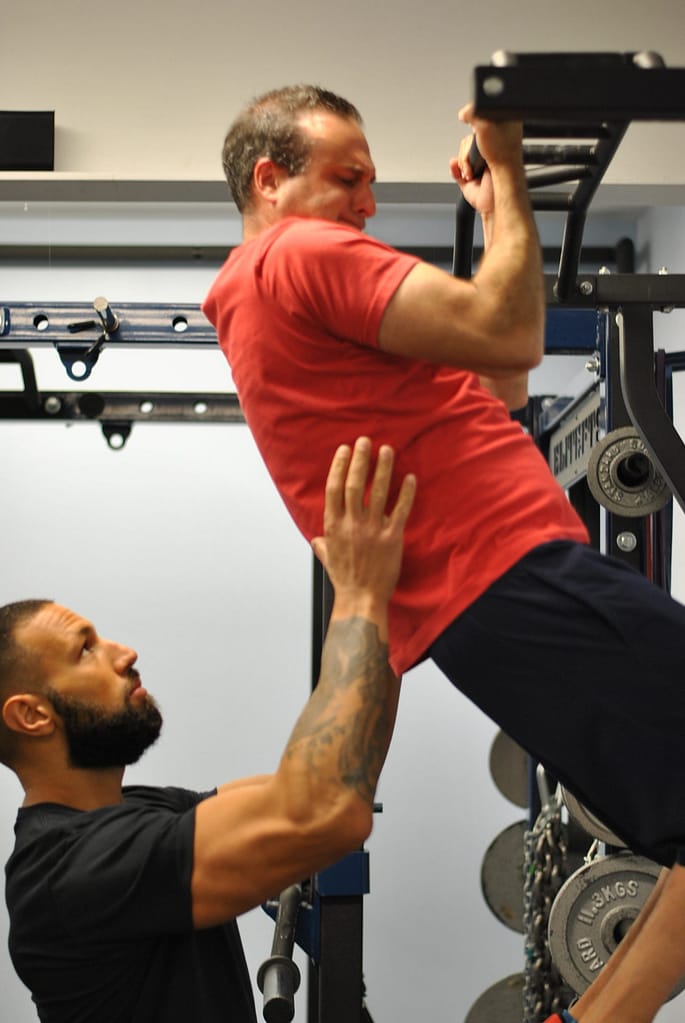
Strength training is structured.
A properly designed strength training program accounts for everything: number of sets, number of reps, heaviness of load, length of rest, lifting tempo, exercise selection, and exercise order.
Nothing in a structured strength training program is random.
Everything is chosen for a specific reason and to force the body to adapt in a specific way.
Every workout is moving toward a long-term goal, not a short-term feeling.
This is one of the primary differences between traditional group exercise classes, like “burn” classes and “pump” classes, and strength training. Group exercise classes are not written to result in specific training adaptations and are often focused around a calorie burn instead. In fact, if your exercise class focuses on things like calories burned, heart rates, or sweat levels, you’re not strength training. You’re doing cardio.
The structure of a strength training program also includes lower reps and heavier weight than those classes. Your biceps might burn like heck from doing sets of 50 biceps curls in a pump class, and your shoulders might be tired from swinging a sledgehammer during a boot camp class, but this will not translate into tangible results.
Generally, unless you are lifting weights in the 6-12 rep range, using a load that’s tough for that rep range, you aren’t building the muscle you need to train your body to lose fat. You must be using a weight that is at least 70% of your max.
In a cardio class, it is impossible to use 70% of your max. Furthermore, if you do not have the ability to tap into—fancy word alert—your higher threshold motor units (the strongest parts of your muscle), you will never see the metabolic effects (as in fat burning) that you are searching for from these classes.
Have you ever seen folks who can laugh and joke during a cardio class when everyone else is sucking wind? It may look like the folks laughing and joking aren’t working hard enough, but in reality, many of them are working at 100%. They are not strong enough nor do they have the intramuscular coordination to tap into those higher threshold motor units. That’s not because they aren’t working hard—it’s because they’re untrained, and being untrained makes their bodies inefficient at tapping into those higher threshold motor units.
Ironically, to get the most metabolic punch out of a cardio/burn class, you have to strength train to create the environment your body needs to make a cardio class worth your while. And even more ironically, if you are strength training appropriately, periodizing your training, and following a solid nutrition plan, doing a cardio class would the equivalent of a PhD signing up for a high school BOCES class to further his education.
It would be an exercise—pun intended—in futility.
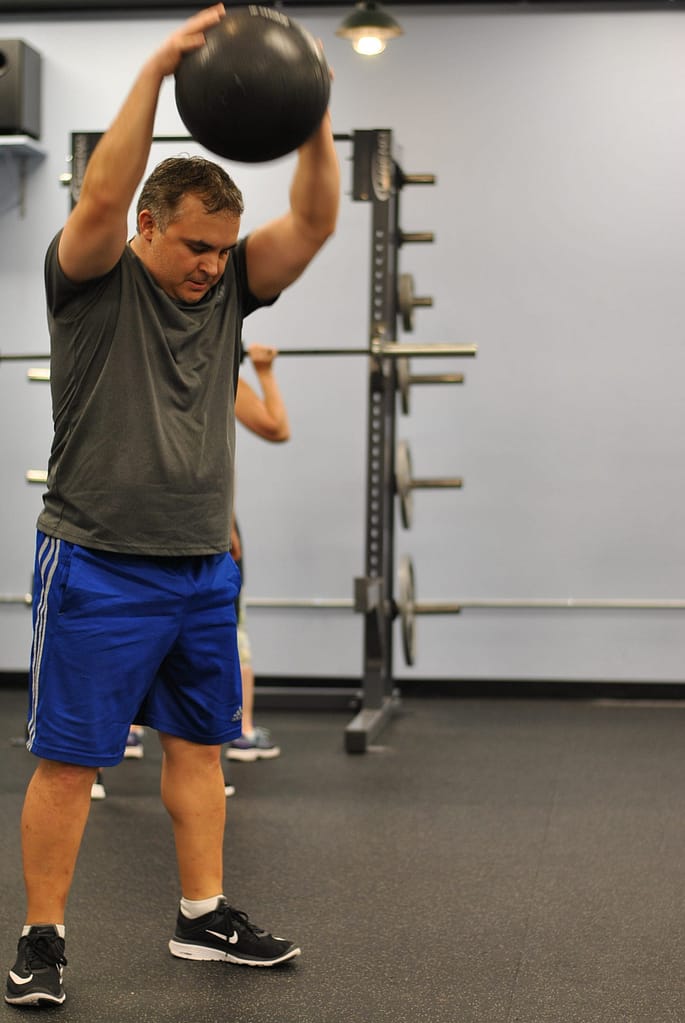
Strength training is periodized.
Periodization refers to how a training program is planned over short- and long-term periods. Training programs are blocked into phases of several weeks, and programs can also contain individual workouts that are periodized within a phase.
We tend to think that only athletes need periodized programs since they need to be at peak performance for a specific season of the year.
But if we wish to get stronger and force the body to adapt to new stimuli, even regular gym goers need periodization.
Periodization allows a training program to have built-in results—a plan can be manipulated to systematically create more intensity, more load, more exercises, or more volume. And these manipulations are not random. Training programs are written in phases to allow for progression and create additional results in later phases.
In other words, one training program builds upon the next.
And there’s an art to building these progressions.
This is yet another vast difference between traditional group exercise classes and strength training. Group exercise classes are not written to result in systematic, predictable, measurable results. They’re written to provide a short-term cardio effect for a large number of people while raking in gobs of money and not having to invest in equipment or education. Sorry, but a cardio studio is the equivalent of someone opening an alternative to Walgreens to receive a flu shot. Only instead of giving you an effective shot, they pinch your arm until it’s black and blue and tell you that you won’t get the flu this year.
In addition to having no planned progressions, in cardio classes, there’s no intensification from class to class.
Only a structured strength training program will do that. See, there are two basic phases in a strength program—an accumulation phase, and an intensification phase.
In accumulation phases, you build muscle or go for a metabolic effect.
In intensification phases, you take that newly built muscle and make it stronger. So let’s say you can deadlift 225# x 6. Over the course of an intensification phase, we’re going to coax your body to accept something like 230# as your new 6-rep max. By getting stronger, we increase your motor unit activation so that, when we return to an accumulation, you can tap into those higher threshold motor units more efficiently. Getting stronger leads to better motor unit activation which leads to a better long-term metabolic effect—and that ultimately means a leaner you.
This is why fatigue from a cardio or HIIT class isn’t the same as the metabolic effect we experience when we can tap into those important motor units. The girl who just does boot camps and gets tired after 45 minutes of shoulder presses is only fatigued. The girl who strength trains and does boot camp is tired, too, but she’s teaching her metabolic system to change, and she’s ultimately going to burn more energy and get leaner as a result. This girl is trained.
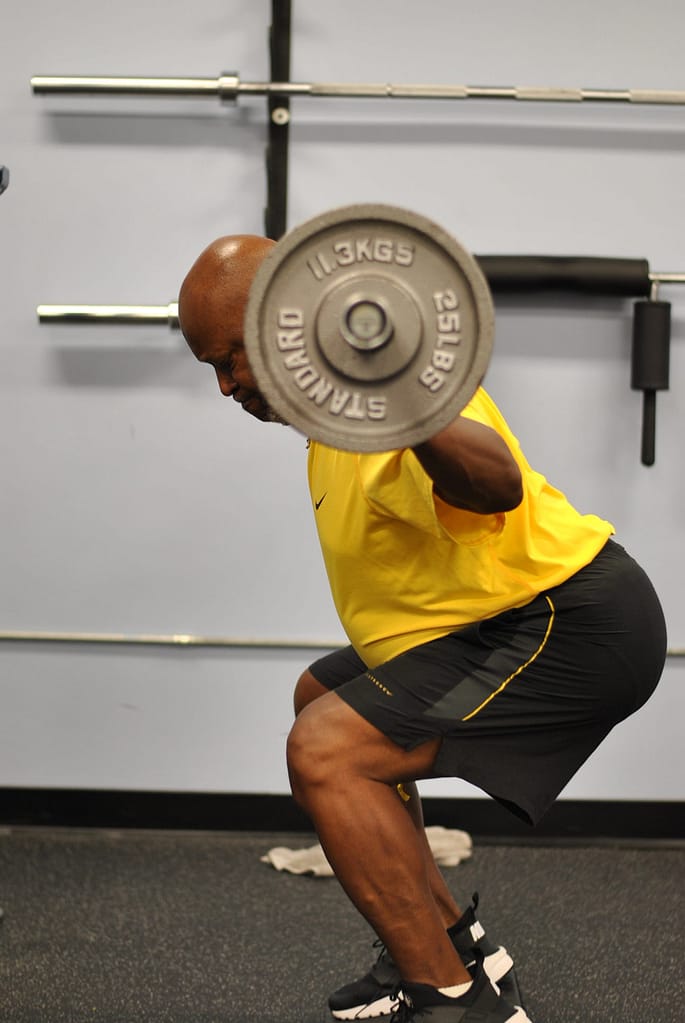
Strength training is specific.
This sounds simple—you want to develop your quads, so you do squats.
Cool.
And yes, that’s part of what “specific” means here.
But specific also means understanding how much to demand of the body at any given time. It’s not as simple as just deciding to do squats because you want to get more developed quads. If it was that simple, everyone’s legs would look amazing.
You also have to decide how many squats to do, in how many sets, with how much weight, with what tempo, and with how much rest. And your decisions must match up with the body’s capabilities to change and adapt to the training you prescribe.
In other words, you want a training program to be appropriate to your goals, using the correct stimulus, with the correct recovery, to create the correct adaptations.
Randomly going to the gym and doing whichever leg exercises seem fun at the time will not create the specific stimulus needed to change your body. Classes and cardio will not do it, either.
Only a structured strength training program meets those requirements.
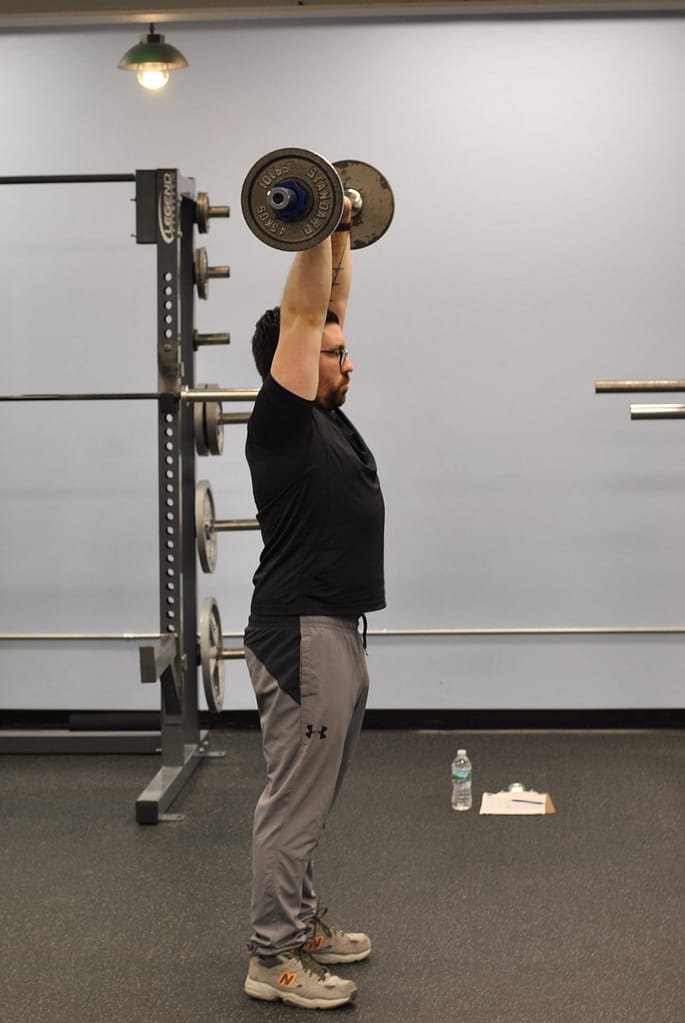
Strength training has measurable results.
Strength training causes several of your body’s systems to change—your nervous system, your muscular system, your endocrine system.
These changes are measurable in the loads with which you can train.
Simply put:
Heavy load → stronger bones → stronger muscles → stronger joints → heavier loads next time.
And you can measure increases in muscle mass, too.
You can also measure increases in muscle mass by the increases in your metabolism.
If your workout only has one way to measure progress, such as how many pounds you’ve lost, you aren’t strength training, and chances are, you will never achieve your goals.
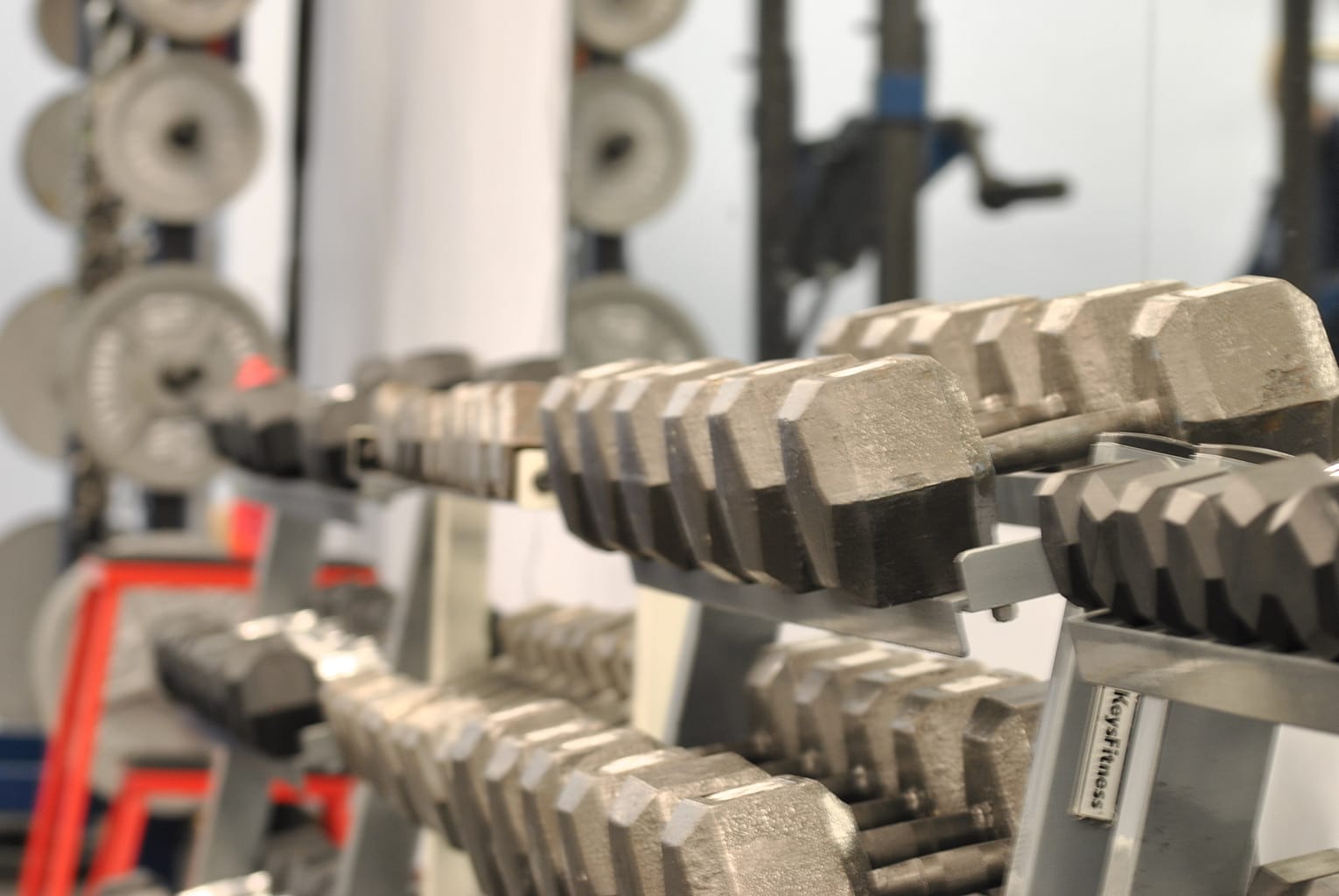
Strength training is positive adaptation.
Your body will adapt to whatever stimulus you give it. Give it too much food, and it adapts by storing fat. Give it too much cardio, and it adapts by getting better at utilizing oxygen.
That sounds positive, right?
Except that when it comes to fat loss, getting better at utilizing oxygen isn’t helpful. Once your body adapts to cardio and gets more efficient at using oxygen, it burns less fat, stores more fat instead, and turns to burning muscle for energy.
That’s exactly what you don’t want.
Strength training, however, causes the body to adapt positively, in a way that is progressive and leads to long-term positive benefits.
Strength training forces the body to adapt by building more metabolically active tissue, which boosts your metabolism and which, in turn, burns more fat while also changing the shape of your body.
Muscle gets bigger, fat cells get smaller, you look toned, and your haven’t smashed your metabolism to bits in the process.
Win!

Strength training is long-term.
Add up everything we’ve already said about strength training:
STRUCTURED
PERIODIZED
SPECIFIC
MEASURABLE
Every one of those things tells you what strength training is really about:
LONGEVITY
A structured, periodized, specific, measurable program doesn’t happen in one workout.
It doesn’t happen in 2 workouts, or 5, or 12.
Strength training is about accumulating results over time—your lifetime.
While you get stronger and stronger, your life also gets longer and longer, so we don’t just mean longevity of a program. We also mean the longevity of your health. Only a program that builds on itself and creates continual progress will get you a long, healthy life.
The opposite is true of cardio-only workouts. Excessive cardio increases free radical production in your body, which shortens your lifespan. We’re in fitness to try to lengthen our lives, right? Doing excessive cardio-only workouts thus makes zero sense.
Strength training, on the other hand, has no life-shortening results. In fact, because strength training gives your body the ability to stay lean long-term, your longevity increases even more as you can maintain a healthy body composition more easily.
Remember, a workout isn’t a program. Weight loss isn’t the same as fat loss. Cardio cannot do what strength training does.
And only well-designed programs get lifelong results.
Want more info on how strength training can improve your life? Shoot us an email at info@myfithouse.com.

Recent Comments